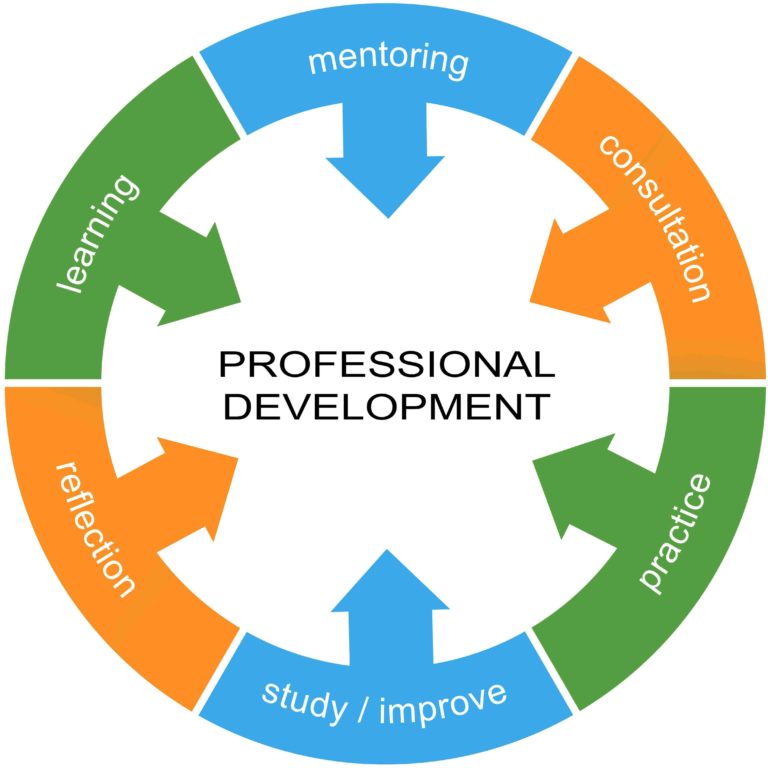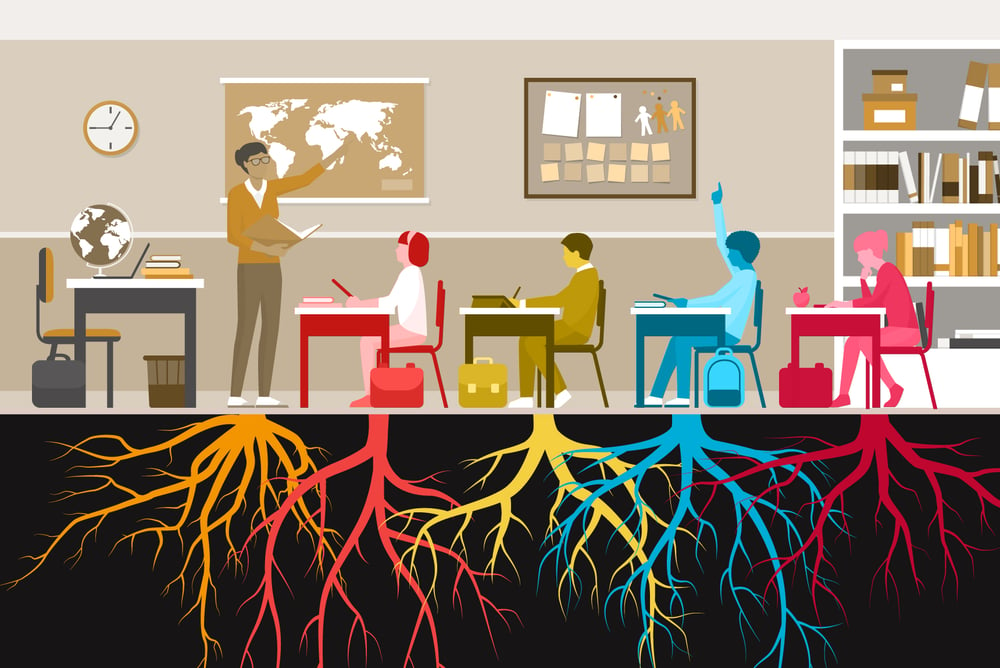In recent years, educational leaders have been at the forefront of a revolution in early childhood literacy. The critical years of preschool and kindergarten are foundational for fostering a love for reading and building essential skills. These leaders employ innovative strategies to create vibrant, literacy-rich environments that ignite young minds. By prioritizing early reading skills, they are shaping a future where every child has the opportunity to succeed.

One of the most impactful approaches has been the integration of technology in the classroom. Interactive e-books and educational apps have transformed traditional reading sessions into dynamic, engaging experiences. These tools are designed to captivate young learners with colorful illustrations, interactive elements, and narration that brings stories to life. By leveraging technology, educational leaders are making reading more accessible and enjoyable, catering to the diverse learning styles of young children.

Another significant improvement is the emphasis on professional development for teachers. Recognizing that skilled educators are crucial to student success, educational leaders invest in continuous training programs focused on the latest literacy research and teaching methodologies. Workshops and seminars equip teachers with innovative strategies to support early readers, from phonemic awareness to vocabulary building. Empowered with knowledge and resources, teachers can create more effective and engaging literacy lessons that meet the needs of every student.

Community involvement has also played a vital role in improving early literacy. Educational leaders are forging partnerships with local libraries, authors, and volunteers to create a supportive reading network. Initiatives such as family reading nights and book donation drives encourage a culture of reading beyond the classroom. These community efforts ensure that children have access to a wide range of books and that reading becomes a shared, enjoyable activity among families.

Moreover, a focus on individualized instruction has revolutionized early reading programs. Understanding that each child develops at their own pace, educational leaders advocate for personalized learning plans. Diagnostic assessments help identify each child's strengths and areas for improvement, allowing teachers to tailor instruction accordingly. This approach not only addresses the unique needs of each student but also helps prevent reading difficulties before they become significant challenges.

The inclusion of diverse and culturally relevant reading materials is another key strategy. Educational leaders recognize the importance of representation in literature and strive to provide books that reflect the diverse backgrounds of their students. By including stories that resonate with their experiences, children are more likely to develop a connection to reading and see themselves as readers. This inclusive approach fosters a sense of belonging and encourages a lifelong love for literature.

Lastly, fostering a positive and encouraging reading environment is essential. Educational leaders emphasize creating classroom spaces that are inviting and rich in print. Cozy reading corners, well-stocked bookshelves, and displays celebrating students' reading achievements contribute to a reading culture. When children associate reading with positive emotions and experiences, they are more likely to develop a sustained interest in books.
In conclusion, educational leaders are making significant strides in improving early childhood reading. Through the integration of technology, professional development, community involvement, individualized instruction, diverse materials, and positive environments, they are laying the groundwork for a generation of proficient and enthusiastic readers. These efforts are not only enhancing literacy skills but also instilling a lifelong love for reading, ultimately empowering children to reach their full potential.
